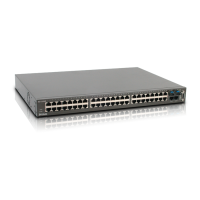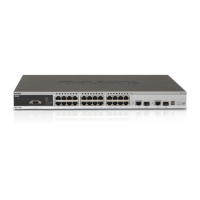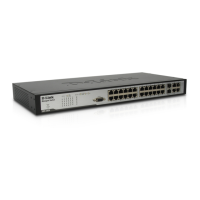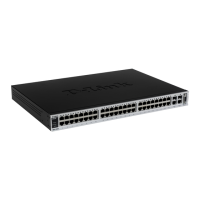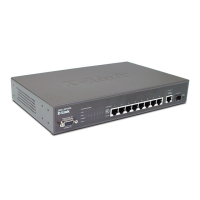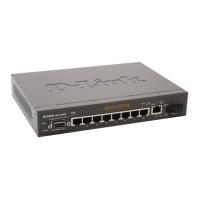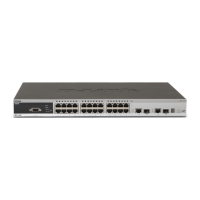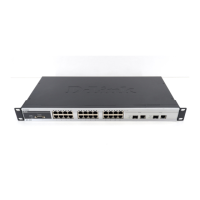DES-3326S Layer 3 Fast Ethernet Switch User’s Guide
84 Switch Management and Operating Concepts
Class E Addresses are reserved for future use. They are not
used for node addresses.
The part of the IP address that belongs to the network is the
part that is ‘hidden’ by the ‘1’s in the subnet mask. This can
be seen below:
• Class A NETWORK.node.node.node
• Class B NETWORK.NETWORK.node.node
• Class C NETWORK.NETWORK.NETWORK.node
For example, the IP address 10.42.73.210 is a Class A address,
so the Network part of the address (called the Network Address)
is the first octet (10.x.x.x). The node part of the address is the
last three octets (x.42.73.210).
To specify the network address for a given IP address, the node
part is set to all “0”s. In our example, 10.0.0.0 specifies the
network address for 10.42.73.210. When the node part is set
to all “1”s, the address specifies a broadcast address. So,
10.255.255.255 is the broadcast address for the network
10.0.0.0.
Subnet Masking
A subnet mask can be applied to an IP address to identify the
network and the node parts of the address. A bitwise logical
AND operation between the IP address and the subnet mask
results in the Network Address.
For example:
00001010.00101010.01001001.11010010 10.42.73.210
Class A IP address
11111111.00000000.00000000.00000000 255.0.0.0
Class A Subnet Mask
00001010.00000000.00000000.00000000 10.0.0.0
Network Address
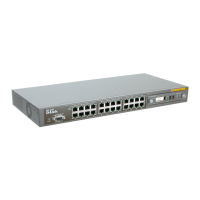
